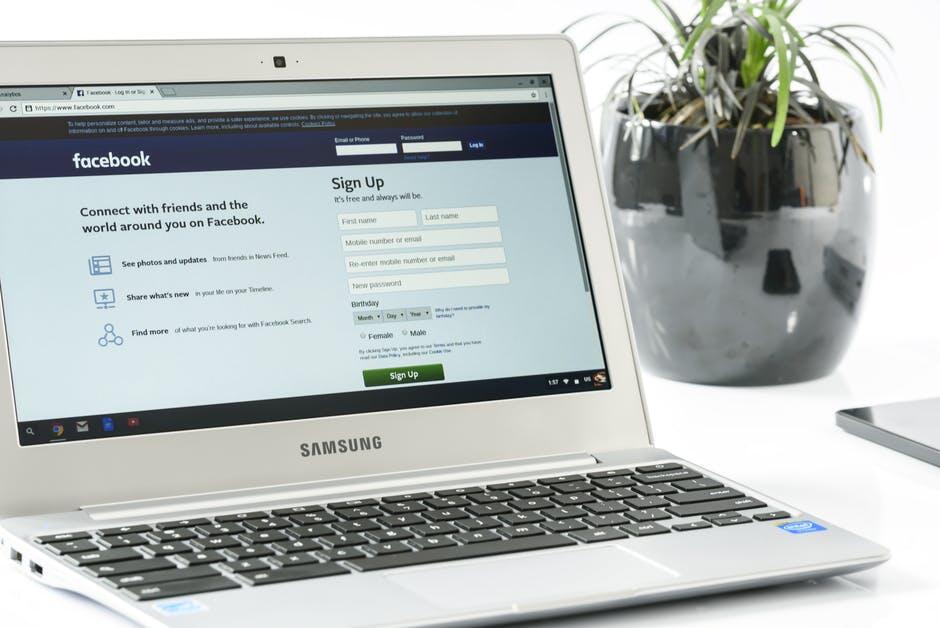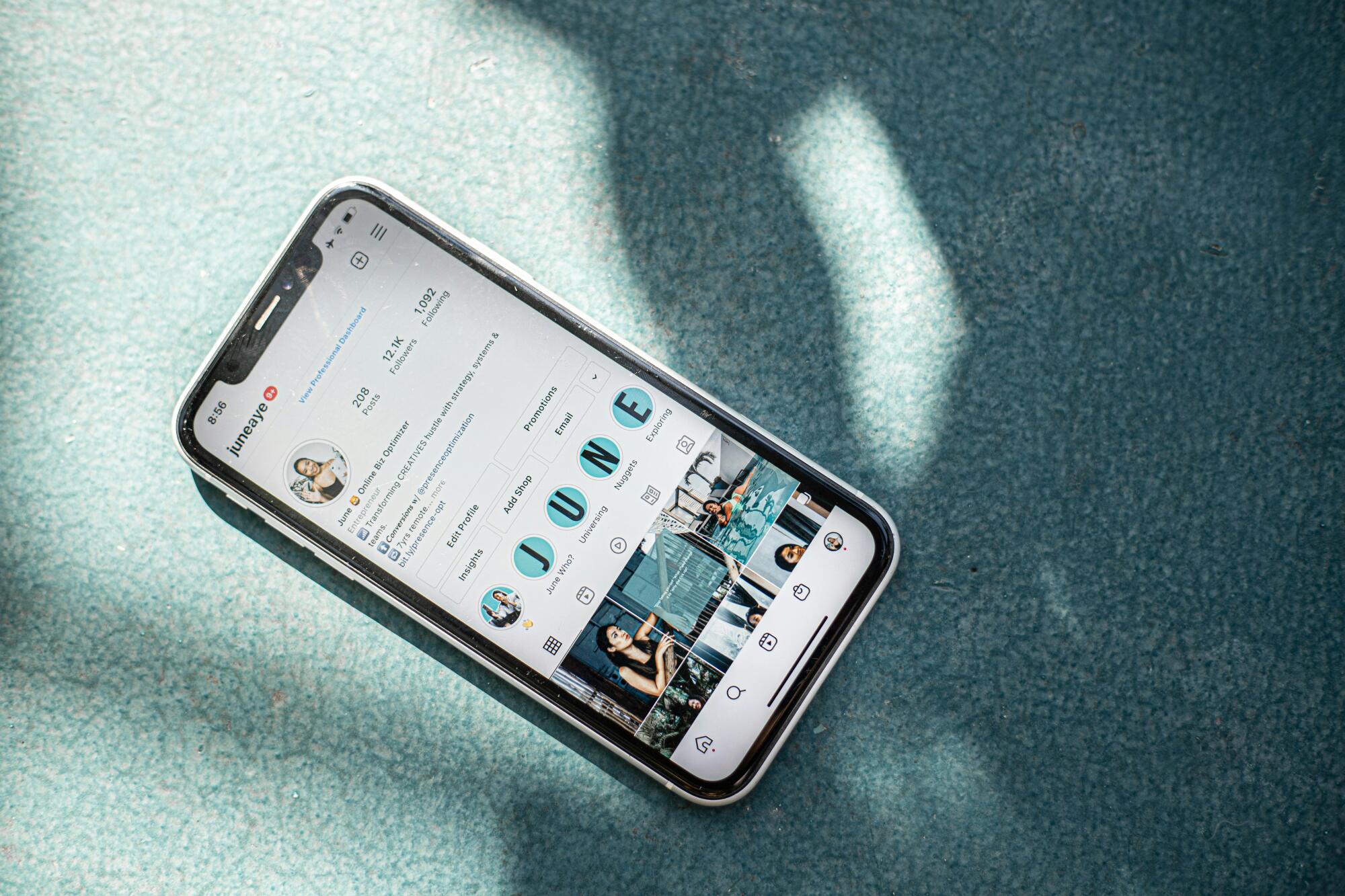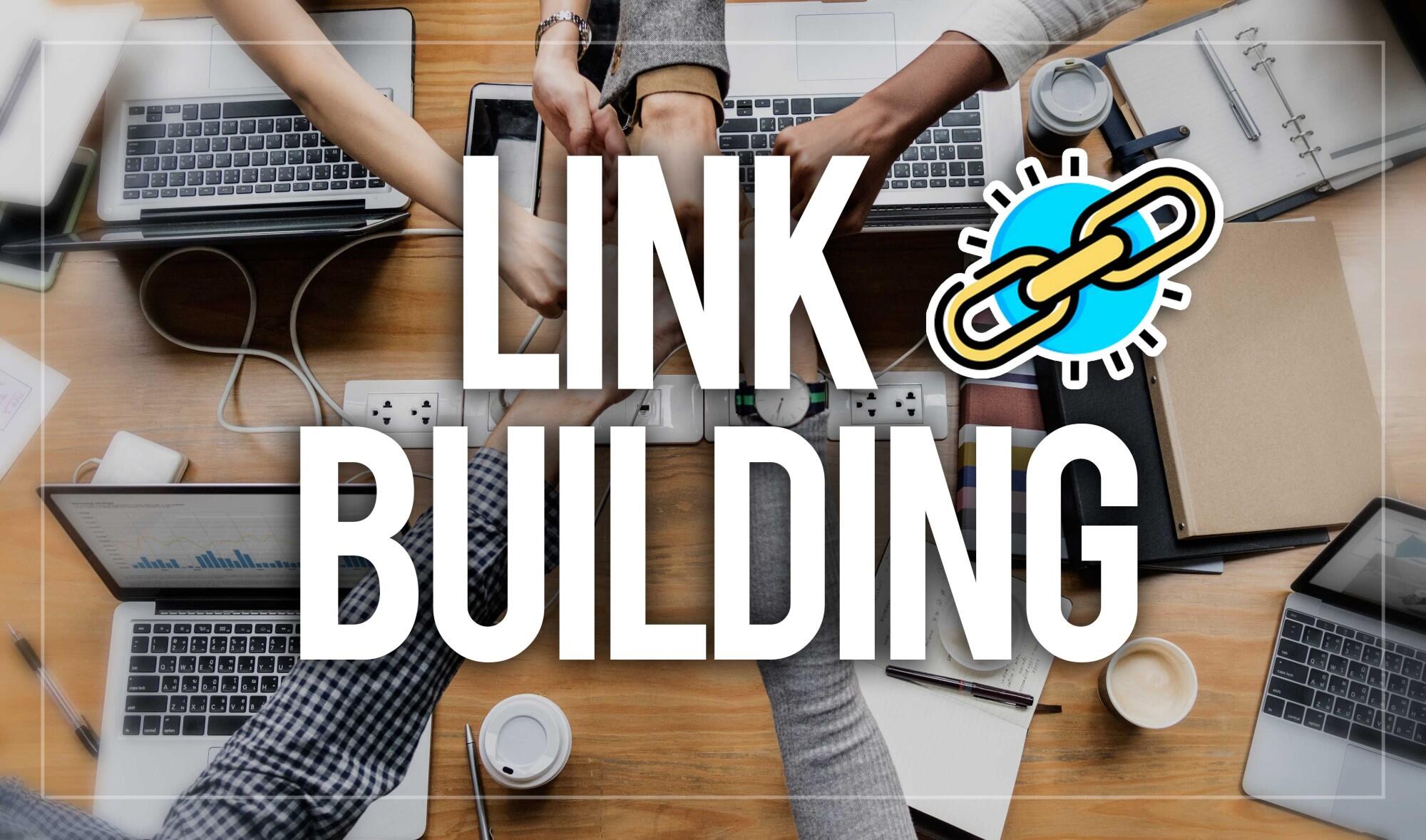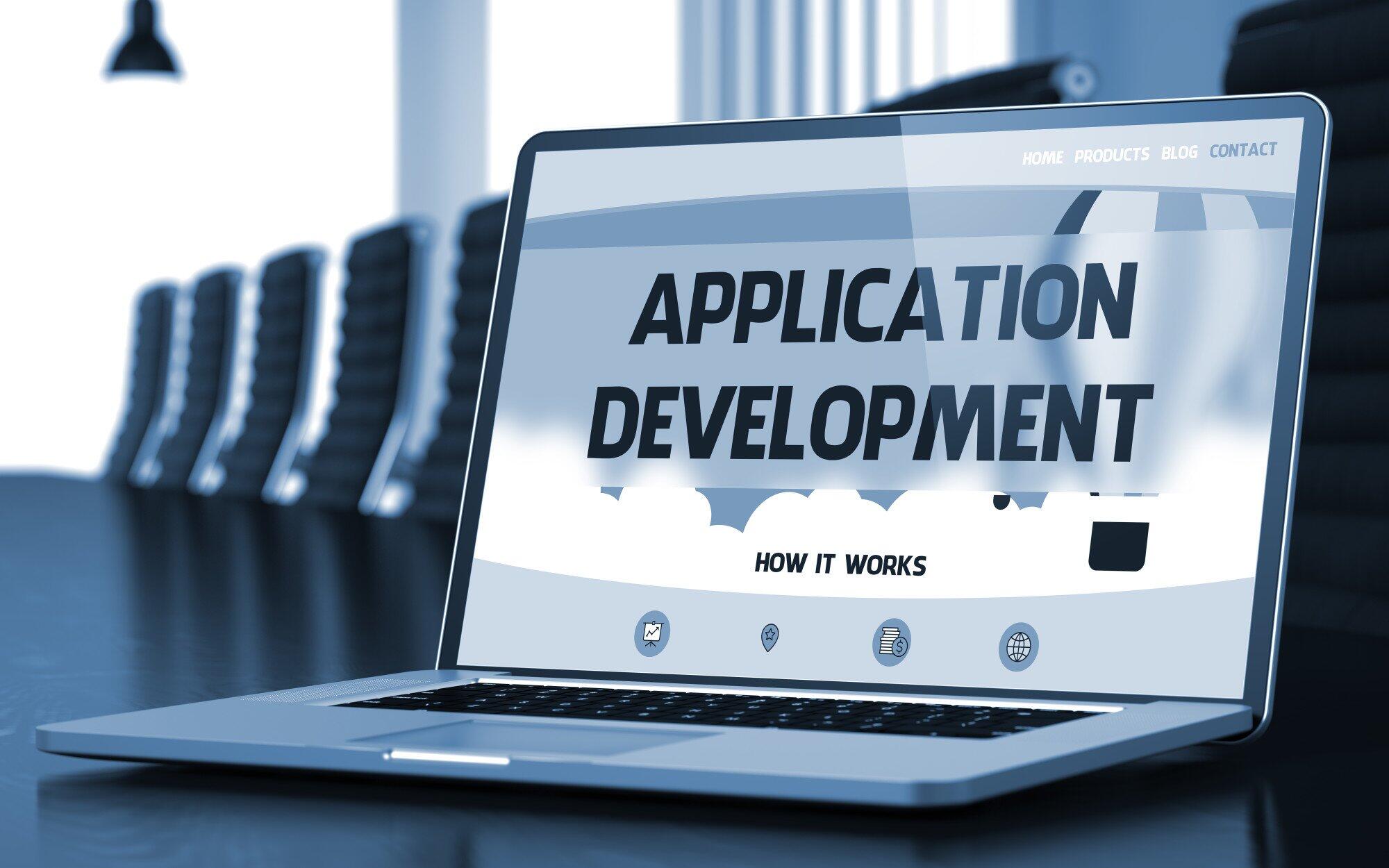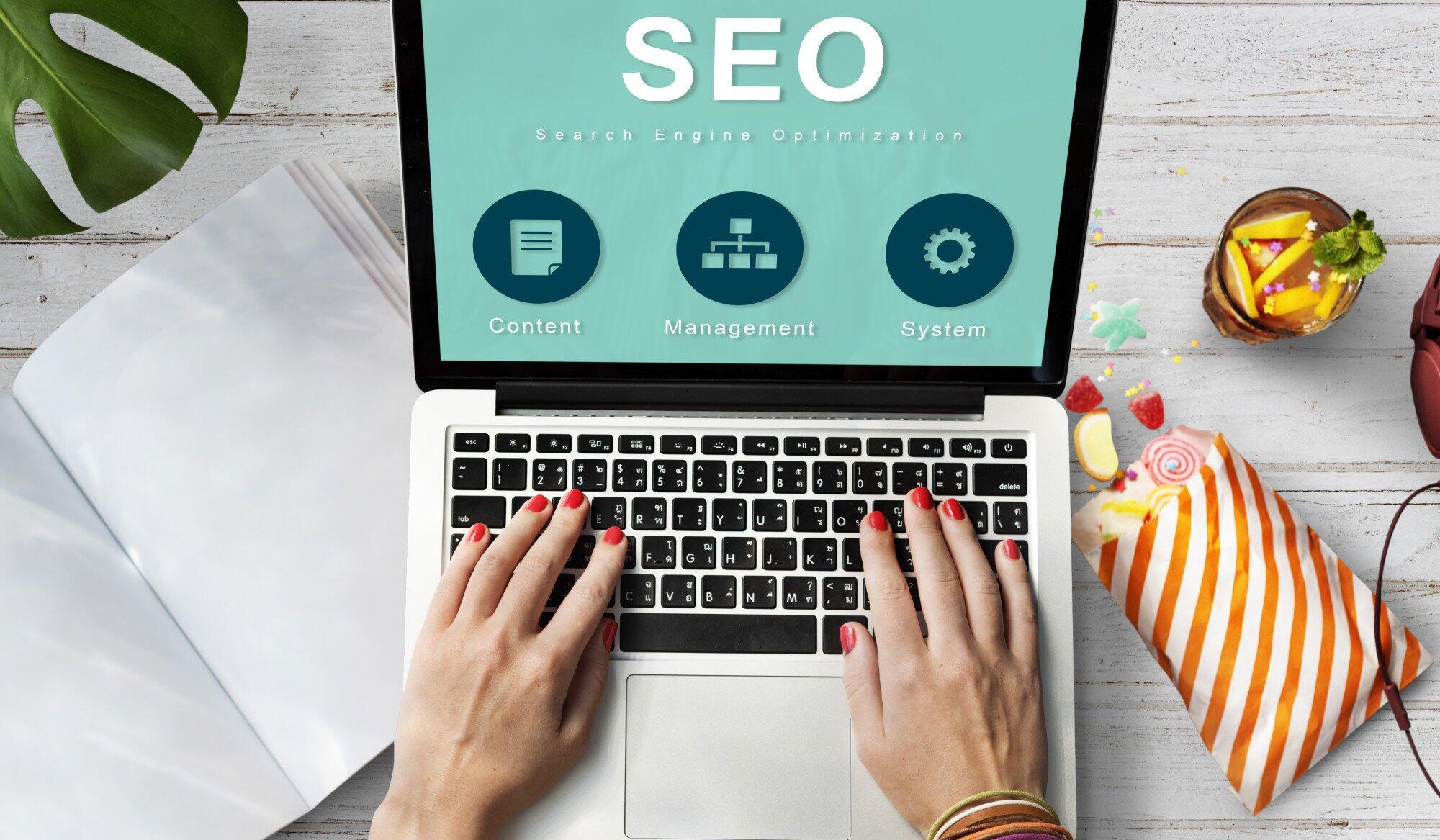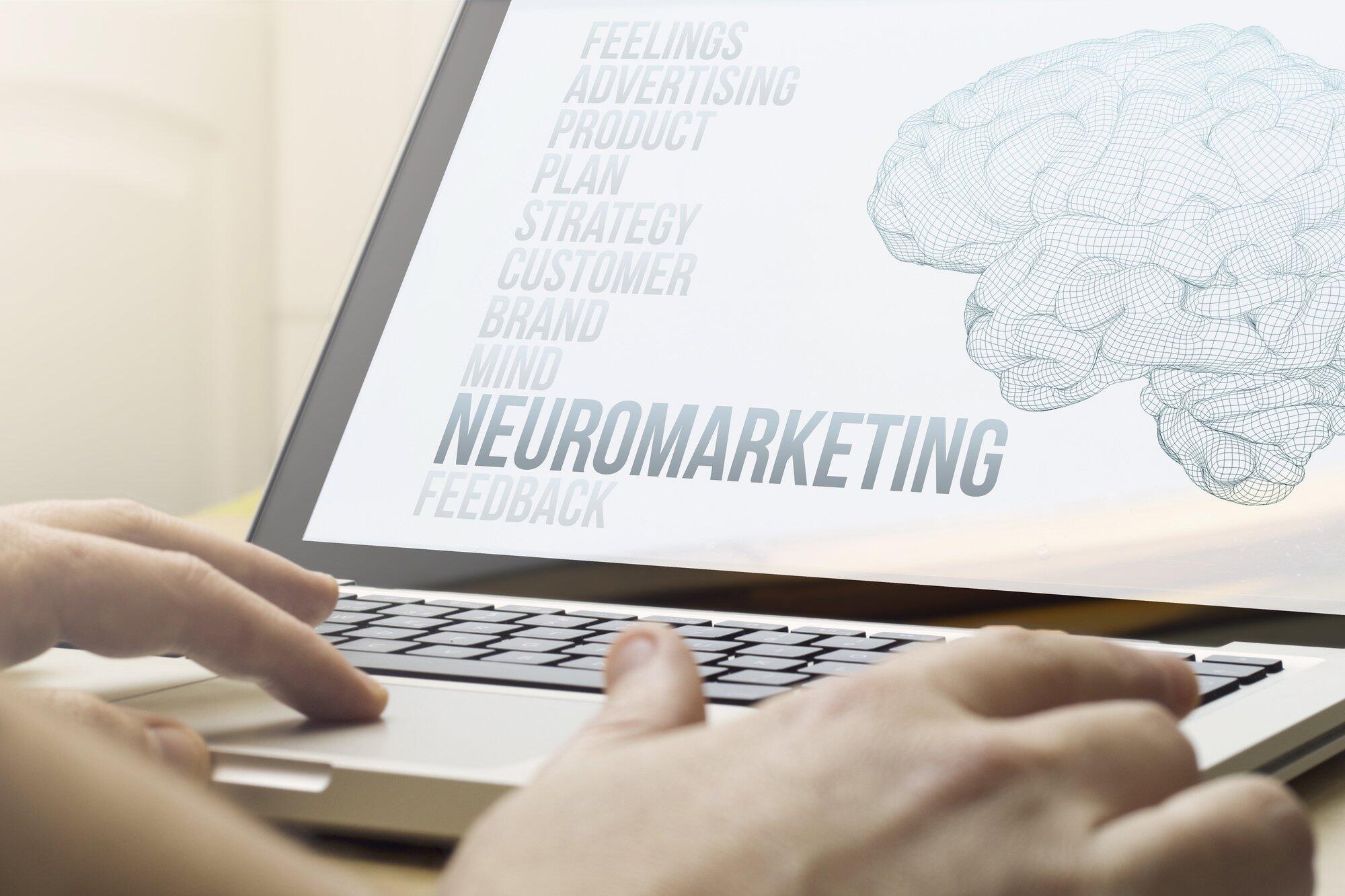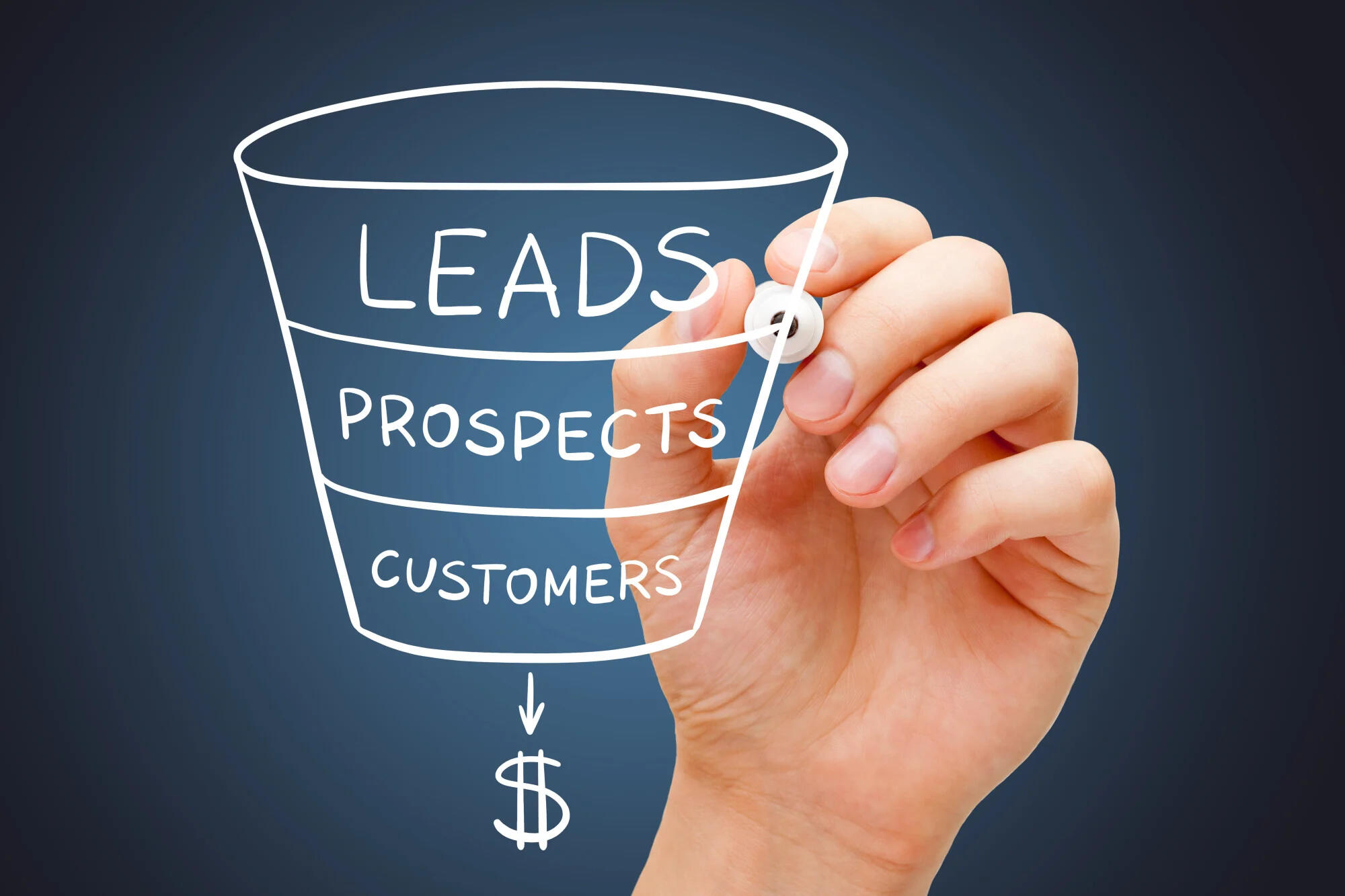As you scroll through your Facebook feed, you notice a post that makes you stop in your tracks. It’s bright, it’s bold, and it asks a question that you can’t help but answer. “What’s the most unusual place you’ve ever found inspiration?”
The comments section is buzzing with stories ranging from mountaintop epiphanies to ideas sparked while stuck in traffic. You can’t help but join in the fun, sharing your own quirky experience.
This is the magic of interactive Facebook posts. So how do you make it a reality that helps your business?
Don’t worry – we can help. Read on for our top interactive Facebook post ideas.
1. Ask Questions
One of the simplest yet most effective ways to boost engagement on your Facebook page is by asking questions. Questions naturally prompt responses, fostering a sense of community and encouraging interaction among your followers.
Open-ended questions are designed to elicit detailed responses. These types of questions can also help you better understand your audience’s preferences and interests.
2. Host a Contest
Contests can excite your audience, encourage participation, and even attract new followers. Put together a contest that’s relevant to your business, and post about it on Facebook.
To ensure your contest runs smoothly and fairly, it’s important to set clear rules and guidelines. Outline the entry requirements, the criteria for winning, and any restrictions on who can enter.
Be transparent about how the winner will be chosen, whether it’s through a random draw, a panel of judges, or the number of likes a post receives. Make sure to comply with Facebook’s contest guidelines and any legal requirements in your area.
3. User-Generated Content
User-generated content is a powerful engagement option. It not only encourages interaction but also helps create community and trust among your followers. By leveraging the creativity and experiences of your audience, you can create a dynamic and engaging social media presence.
4. Behind-The-Scenes
Sharing behind-the-scenes content is an easy way to boost customer engagement on your Facebook page. It provides your followers with a glimpse into the inner workings of your business, making your brand more relatable and transparent.
Highlighting your team members and showcasing their daily activities can humanize your brand. Share photos or videos of your employees working on projects, collaborating, or enjoying a break together.
5. Educate
By sharing valuable information and insights, you position your brand as an authority in your industry and provide your followers with content that is both useful and interesting.
Offering practical tips and tricks related to your industry can be highly engaging. These posts provide immediate value to your followers, encouraging them to interact with your content and share it with others. For instance, if you run a fitness brand, you might share workout tips or healthy eating advice.
If you’re in the tech industry, you could post tips on using certain software or gadgets more effectively. These quick, actionable insights can help your followers solve problems and improve their skills.
Interactive Facebook Post Ideas: Now You Know
There are so many interactive Facebook post ideas you might want to try for your business.
Do you need a California marketing company to help support your efforts? Enfuse has been an industry leader since 1997.
Start a project with us today.
